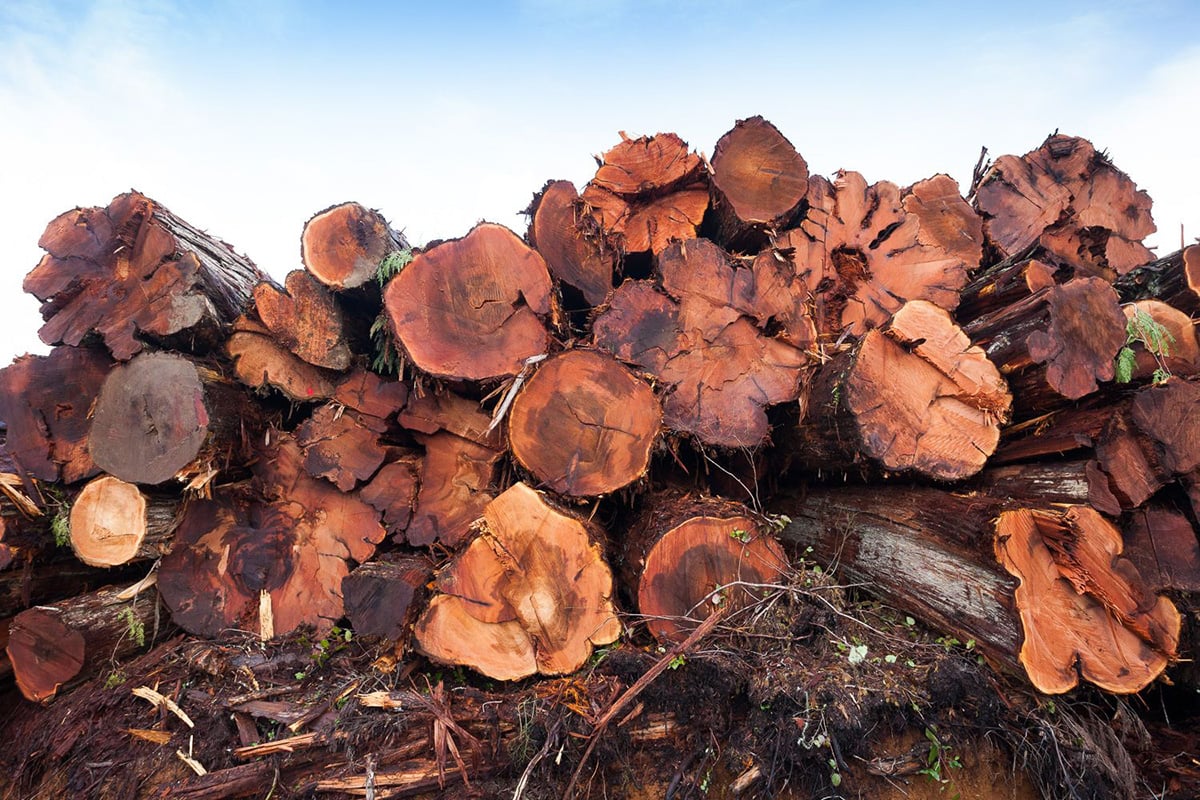BC Promised to Protect Old Growth. How Is It Doing?
Greens and environmental groups criticize lack of progress, but others defend efforts to make big changes.

Six months after releasing a major report on managing and protecting old-growth forests, British Columbia is either at a turning point, a standstill or both, depending who you ask.
Katrine Conroy, the minister responsible, says change is underway but takes time. Environmentalists give the progress so far a failing grade.
One of the report’s authors, Garry Merkel, captures the uncertainty when asked if there has been noticeable change. “‘Yes’ is the short answer, but ‘no,’ depending how you look at it.”
Merkel is a professional forester with 45 years of experience and a Tahltan Nation member. He and Al Gorley, a professional forester whose similarly wide experience includes a stint as chair of the B.C. Forest Practices Board, wrote A New Future For Old Forests: A Strategic Review of How British Columbia Manages for Old Forests Within its Ancient Ecosystems.
In the report they made 14 recommendations that would totally overhaul the management of old-growth forests, starting with grounding the system in a government-to-government framework involving both the provincial and Indigenous governments.
Their second recommendation was to “prioritize ecosystem health and resilience” so that the health of forests comes first. It would mean a shift from seeing forests primarily through a financial lens where ecosystem health is viewed as a “constraint.”
Building on that base, other recommendations included protecting more old forests, improving the information available to the public about forest conditions and trends, and planning for an orderly transition of the industry away from a reliance on old growth.
…click on the above link to read the rest of the article…